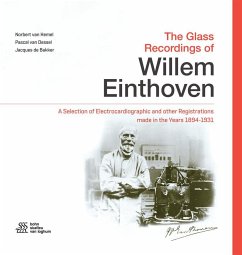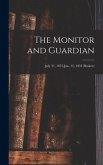Besides a short survey of the life and work of Willem Einthoven, this book contains a selection of the most appealing recordings and demonstrates the significance of his scientific explorations. "I want to know" was Willem Einthoven's usual answer when congratulated on the success of his new scientific achievements. With the development of the string galvanometer, he became the founder of electrocardiography, which today remains the most popular and cost-effective tool for obtaining heart related data. The wide range of experimental studies conducted by Einthoven and his fellows in the fields of (amongst others), eye function, the nervous system, vagal nerves and respiration led to the award of the Nobel Prize on Physiology and Medicine. The results of his experiments and electrocardiographic recordings of patients from 1886 to 1927 were registered on hundreds of "glass negatives". These have remained stored in the Boerhaave State Museum, Leiden. Now,for the first time these recordings have been carefully analyzed and considered in their historical context. The remaining recordings can be seen on 'www.rijksmuseumboerhaave.nl'.








